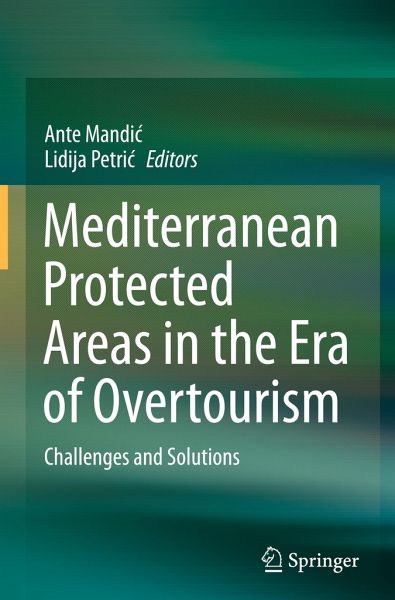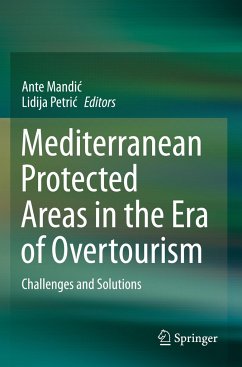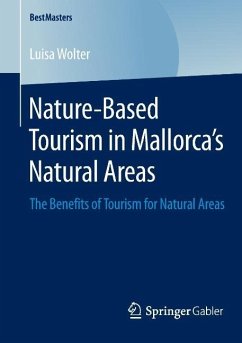
Mediterranean Protected Areas in the Era of Overtourism
Challenges and Solutions
Herausgegeben: Mandic, Ante; Petric, Lidija

PAYBACK Punkte
54 °P sammeln!
This book comprises studies that reflect on various influences of excessive tourism development in protected areas, and solutions designed and initiated to mitigate such challenges. A large proportion of tourism in Mediterranean destinations constitutes nature-based tourism, in particular, tourism in parks and protected areas. As a destination experiences higher intensity and density of tourism, the potential conflict between maintaining a healthy natural environment and economic development also increases. This has urged planners and decision-makers to devise and adopt innovative approaches t...
This book comprises studies that reflect on various influences of excessive tourism development in protected areas, and solutions designed and initiated to mitigate such challenges. A large proportion of tourism in Mediterranean destinations constitutes nature-based tourism, in particular, tourism in parks and protected areas. As a destination experiences higher intensity and density of tourism, the potential conflict between maintaining a healthy natural environment and economic development also increases. This has urged planners and decision-makers to devise and adopt innovative approaches that seek to strike a balance between tourism development and nature conservation. This book demonstrates the importance of collaboration across and beyond disciplines and of all groups of stakeholders for maximization of societal impacts and tourism-related benefits.












